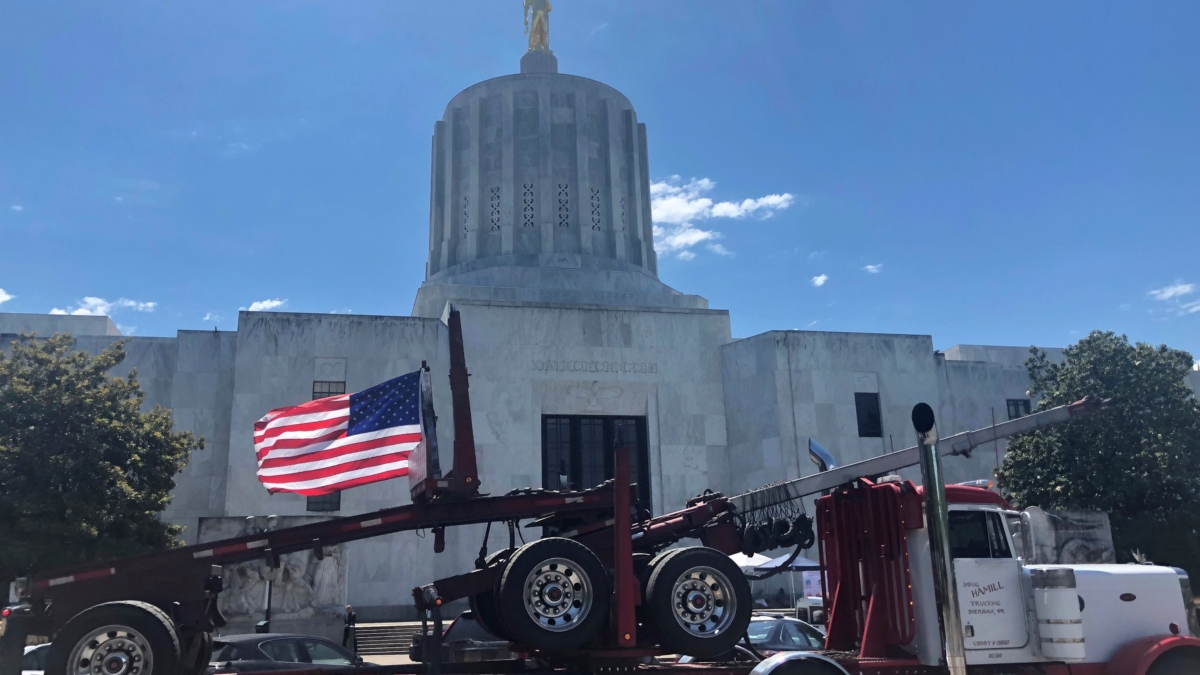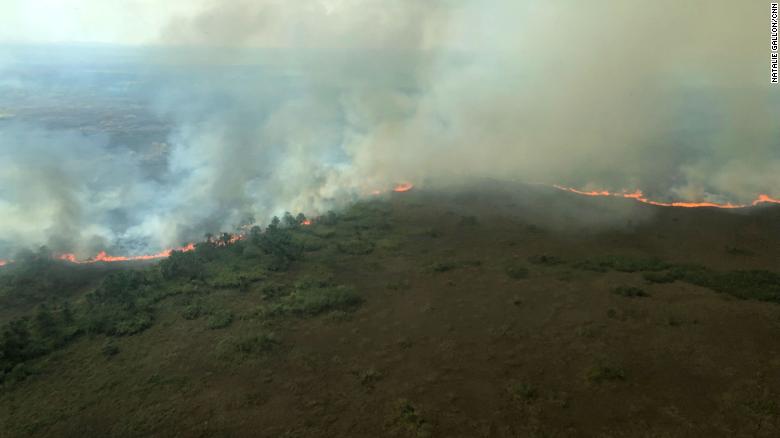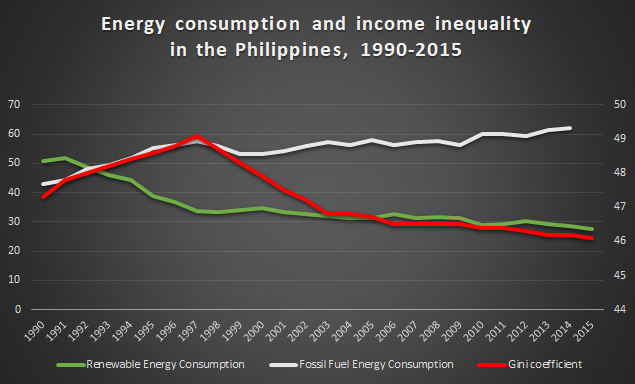California is becoming unlivable – Wildfires and lack of affordable housing exacerbate each other
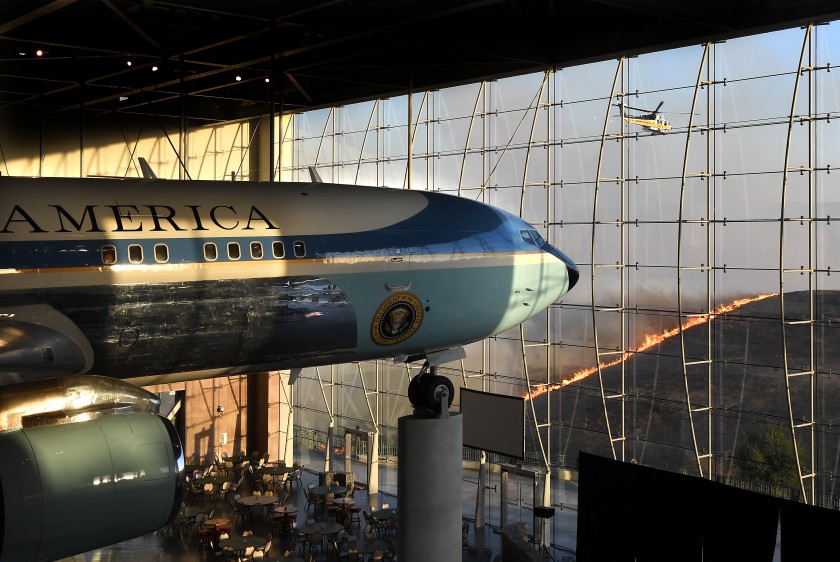
By Annie Lowrey
30 October 2019
(The Atlantic) – Right now, wildfires are scorching tens of thousands of acres in California, choking the air with smoke, spurring widespread prophylactic blackouts, and forcing the evacuation of hundreds of thousands of people. Right now, roughly 130,000 Californians are homeless, and millions more are shelling out far more in rent than they can afford, commuting into expensive cities from faraway suburbs and towns, or doubling up in houses and apartments.
Wildfires and lack of affordable housing—these are two of the most visible and urgent crises facing California, raising the question of whether the country’s dreamiest, most optimistic state is fast becoming unlivable. Climate change is turning it into a tinderbox; the soaring cost of living is forcing even wealthy families into financial precarity. And, in some ways, the two crises are one: The housing crunch in urban centers has pushed construction to cheaper, more peripheral areas, where wildfire risk is greater.
California’s housing crisis and its fire crisis often collide in what’s known as the wildland-urban interface, or WUI, where trailer parks and exurban culs-de-sac and cabins have sprung up amid the state’s scrublands and pine forests and grassy ridges. Roughly half of the housing units built in California between 1990 and 2010 are in the WUI, which has expanded by roughly 1,000 square miles. As a result, 2 million homes, or one in seven in the state, are at high or extreme risk for wildfire, according to one estimate from the Center for Insurance Policy and Research. That’s three times as many as in any other state.
The bulk of wildfire destruction in California happens in the WUI. The Kincade Fire has burned more than 75,000 acres—roughly five times the size of Manhattan—in rural areas and the WUI north of Santa Rosa. Last year’s Camp Fire killed 85 people and eliminated more than 10,000 homes in Paradise, a town situated in the WUI. The year before that, the Tubbs Fire killed 22 people and destroyed more than 5,000 structures, some in Santa Rosa proper and some in the WUI around it.
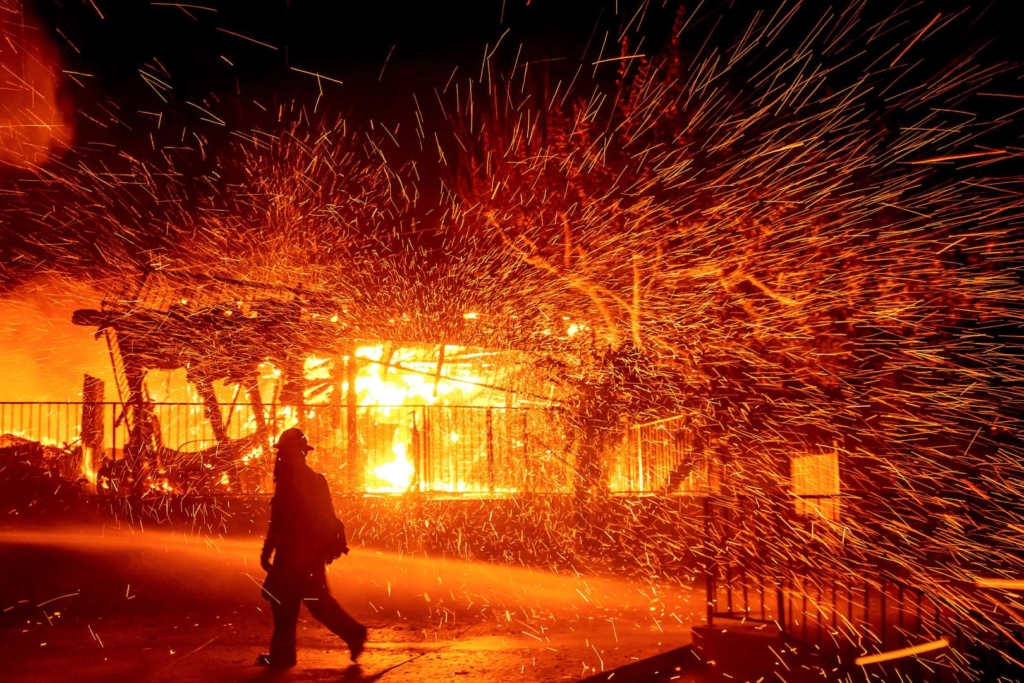
Although much of the WUI is naturally vulnerable to fire, human behavior is primarily to blame for the destruction. People start more than nine in 10 fires, according to reliable estimates. Dry trees and dry brush in the WUI might act as natural kindling, but built structures—houses, cars, hospitals, utility poles, barns—act as the most potent fuel, researchers have found. A house burns a lot hotter than a bush does; a propane tank is far more combustible than a patch of grass.
If building in the WUI is so dangerous, why do it? In part because building new housing is so very difficult in many urban regions in California, due to opposition from existing homeowners and strict building codes. The number of people living on the streets in San Francisco and Los Angeles is related to the extreme cost of rent in those cities is related to the statewide housing shortage is related to the pressure to sprawl into the periphery.
So housing sprawls into the periphery. And each time major fires happen—in the WUI, as well as in unpopulated regions and urban areas—the state’s housing crisis gets a little worse. Rental prices surge. Families struggle with displacement and homelessness. Vacancy rates fall to near zero. The cost of homebuilding goes up. And resources for families without stable housing get stretched even thinner. [more]
